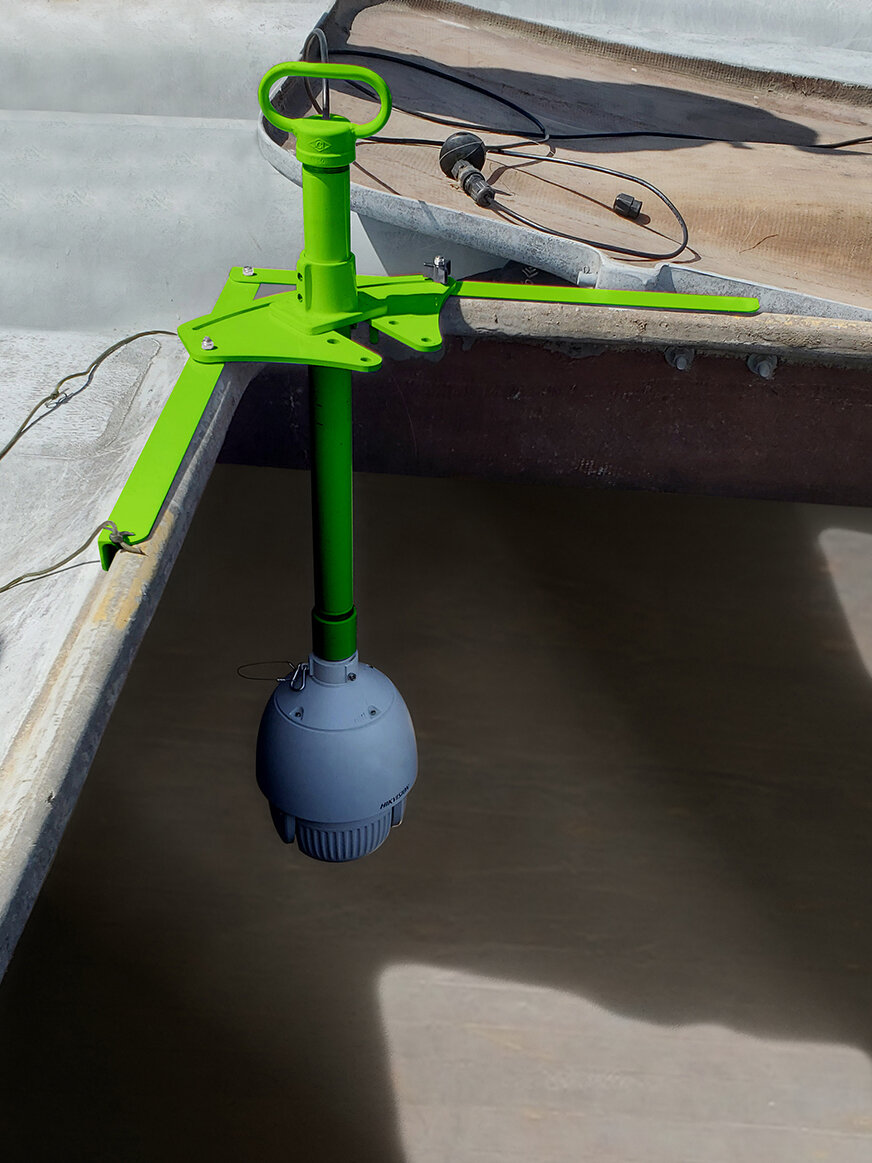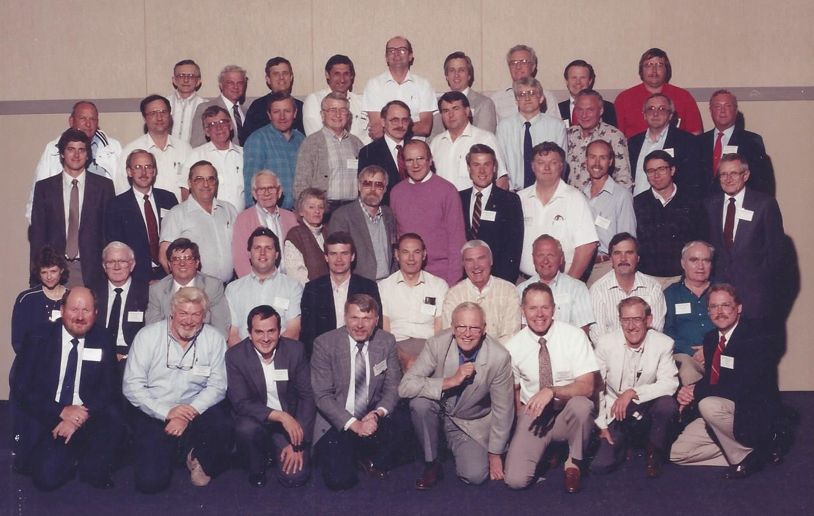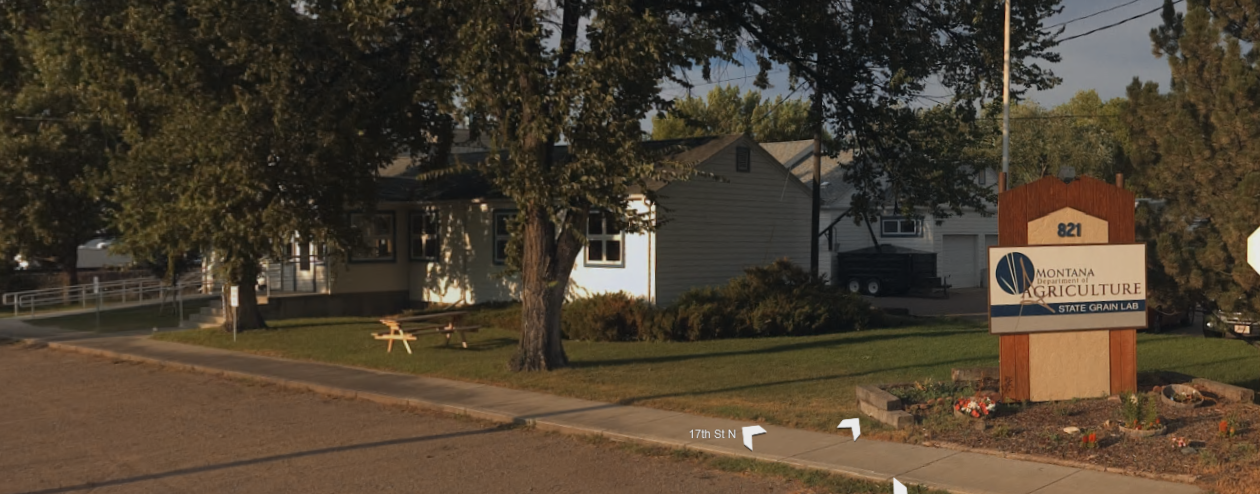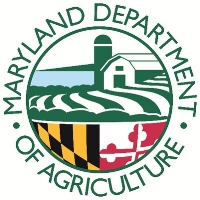FOSS North America
/Nils Foss
The FOSS Company was founded in Denmark by Nils Foss in 1956, with the objective to offer automated and cost-efficient alternatives to time-consuming analyses in food and agriculture. The first FOSS instruments were developed to test moisture in grain.
Steve Nenonen, Foss North America, Sales Manager for the Grain and Milling Division points out that while FOSS now provides instruments for many different products, that FOSS devotes its efforts solely to agricultural and food products. The company is privately owned and remains headquartered in Denmark. However, FOSS has sales and services subsidiaries around the globe.
FOSS North America is headquartered in Eden Prairie, Minnesota and has sales and service representatives throughout the U.S. and Canada. It’s important that FOSS service representatives are located throughout the U.S., so they are able to be onsite quickly because clients use FOSS instruments to make real time decisions. These service representatives have continued to travel throughout the Covid-19 pandemic to ensure that FOSS instruments provide the crucial information customers need.
FOSS Infratec Nova
While FOSS is most known for its Infratec Nova whole grain protein analyzer, Steve points out that FOSS provides instruments that assist the dairy, feed and forage, flour milling, oil processing, meat, pet food, and wine industries. For example, FOSS instruments scan large beef portions to determine the amount of fat, lean, protein, and moisture so that each portion can be used to its greatest potential.
Steve was born and raised in corn and soybean country near DeKalb, Illinois, and his first job was detasseling corn at 13 years old. Steve obtained his undergraduate degree from Bradley University and his Master’s in Business Administration from Western Illinois University. He began his career with Monsanto in Saint Louis, then accepted a position with Romer Labs, and has now been with FOSS for about six years.
Steve says the interesting thing about working in agriculture is that you are continually learning, and you never get to the point that you know it all. Steve’s various positions and his travels throughout the country allow him to see and learn how diverse U.S. agriculture truly is.
Steve enjoys building relationships with his customers whether it is with an official agency or large multinational companies involved in flour milling. He has also built relationships with end users such as pizza companies that need to quality check their incoming flour with FOSS instruments. Steve says that through these strong relationships, customers feel confident to contact him when issues arise because they know he will address the problem and rectify it. These relationships are a source of pride for Steve, and something he takes very seriously.
Steve points out that FOSS produces instruments for all aspects of grain and flour analysis. In each step from whole grain to the final product there exists a need for quality information that FOSS instruments can provide to ensure success. Because each end user of flour has specific quality needs, both the miller and the end user can count on FOSS instruments to assure the product meets their needs and expectations. While the FOSS Infratec instrument is widely approved around the globe and in the U.S. official grain inspection arena, they also produce other instruments to provide valuable grain and grain product quality information, such as falling number analysis which are used in the commercial marketplace.
Steve enjoys working with the official agencies and AAGIWA. He has been on the Wheat Quality Council and is involved Association of Operative Millers and many other organizations, but AAGIWA is one of his favorites because of the people and he is serving his third term on the Board of Directors.
Steve says he has not traveled since last March due to the Covid-19 pandemic and while he looks forward to attending the upcoming AAGIWA annual meeting, he knows that many of the companies that he would normally visit continue to restrict outside visitors for the foreseeable future. Although many face-to-face visits may not happen for awhile FOSS’s service representative will continue to be there for their customers and Steve will continue to maintain those relationships that are so valuable.




























